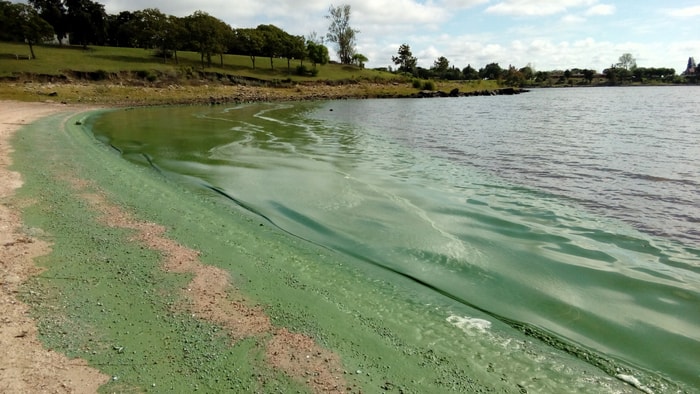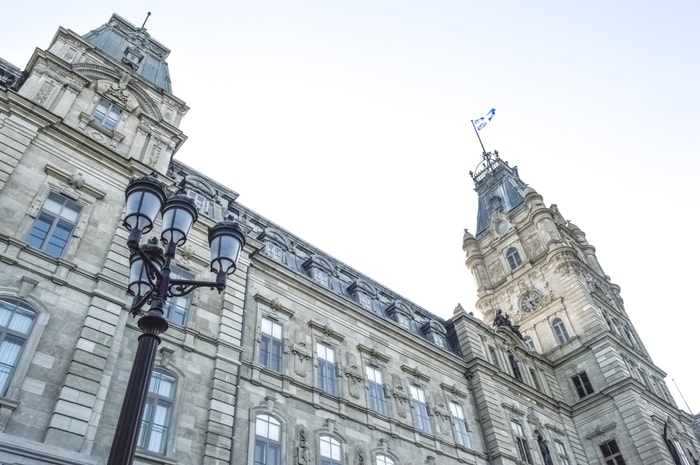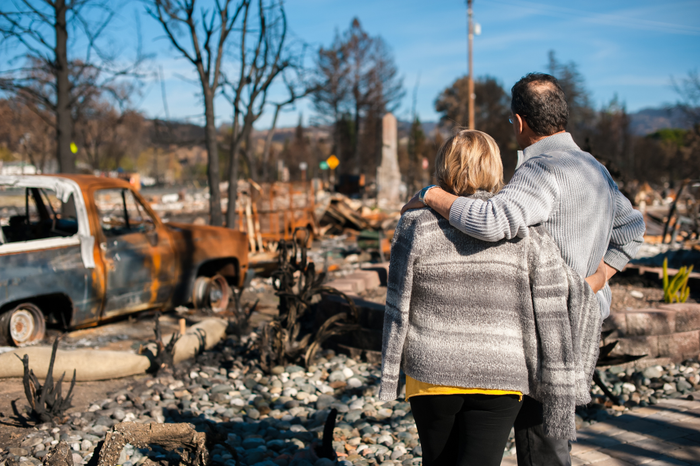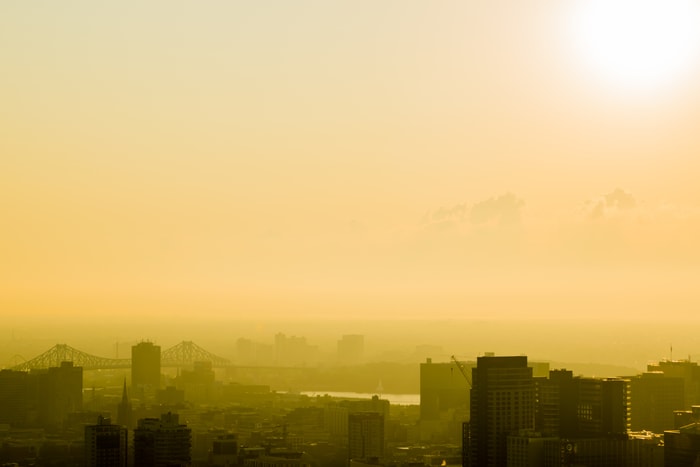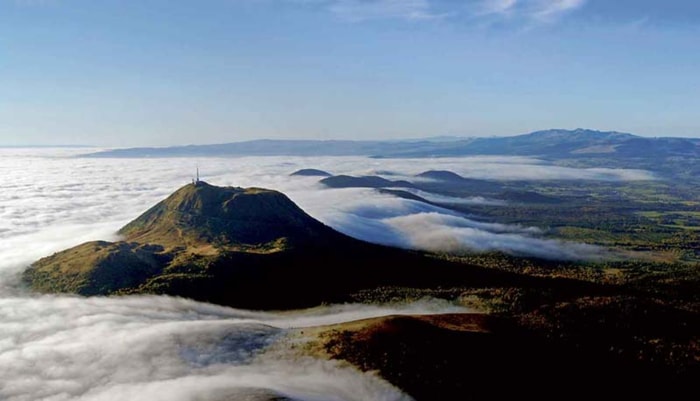5 juillet 2023
Water temperature doesn’t impact blue-green algae blooms
Even if most cyanobacteria blooms in Canada’s lakes happen during the hottest periods of summer, water temperature seems to have little to no impact on the development of these potentially toxic bacteria better known as blue-green algae.
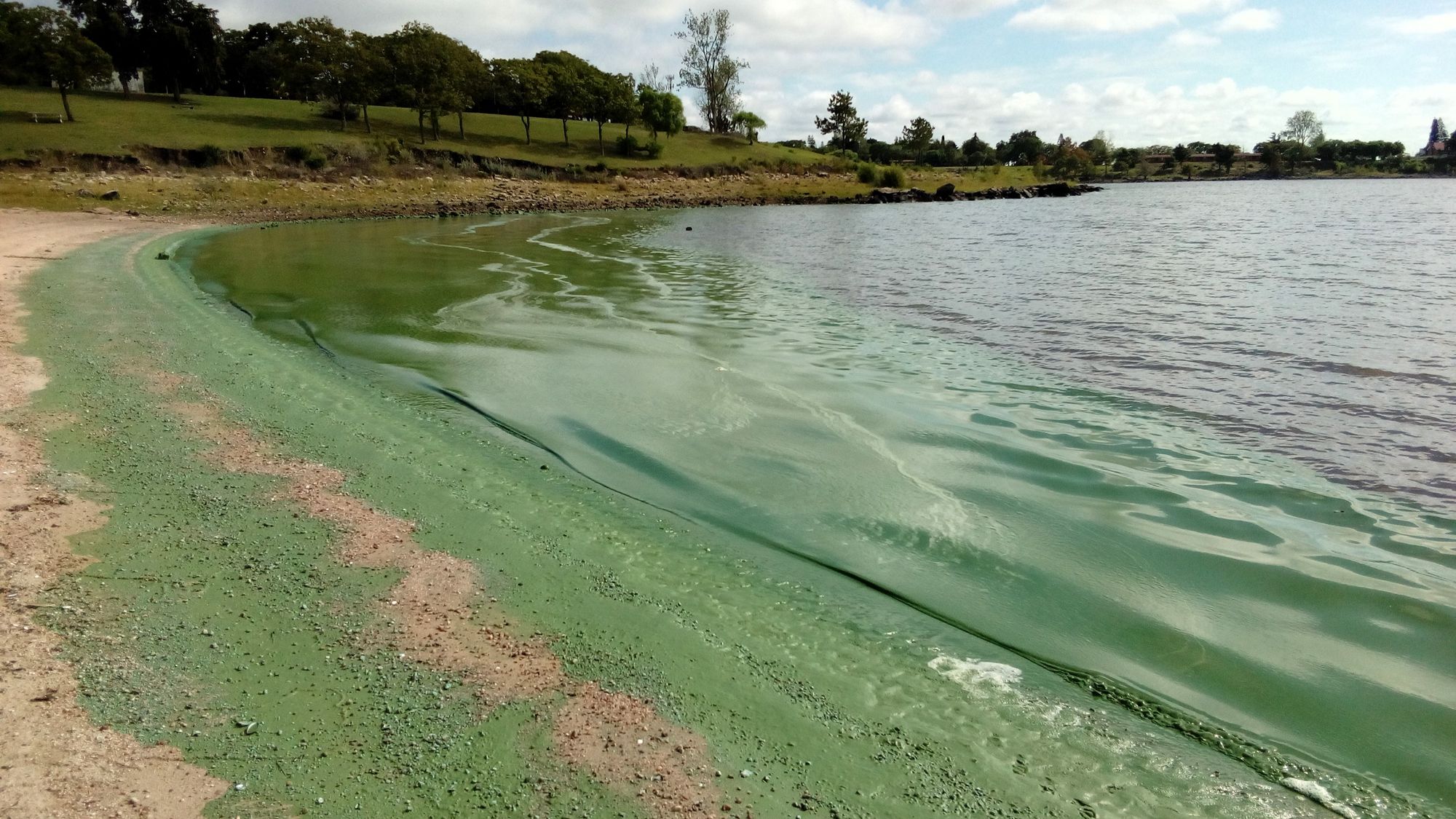
The scientists demonstrated this using data from 464 lakes in North and South America, including the Rio Negro river in Uruguay.
— Luis Aubriot
Details of this discovery made by an international research team including scientists from Université Laval were published in the journal Harmful Algae.
Researchers from eight countries, including Sylvia Bonilla, visiting professor at Université Laval’s Department of Biology and professor at the Universidad de la República in Uruguay, and Dermot Antoniades, professor at Université Laval’s Department of Geography, came to this conclusion using data from 464 lakes in North and South America.
"These bodies of water are distributed along a 14,000 km north-south gradient, from Tierra del Fuego in Argentina to Ellesmere Island in Nunavut. They are located in areas with climates ranging from equatorial to polar," explains Professor Antoniades, who is also a researcher at Université Laval’s Centre for Northern Studies.
The researchers established correlations between the biomass of cyanobacteria in these lakes and various environmental factors. Their conclusions? "There is no clear association between the latitude of these lakes, their position along a climatic gradient and the biomass of the cyanobacteria living in them. Temperature by itself does not influence the biomass of blue-green algae," sums up Dermot Antoniades.
Instead, the analyses revealed that the main factor explaining variations in cyanobacteria biomass in the Americas is the concentration of phosphorus in lake water. "Nitrogen abundance also has an effect, but it’s most apparent in lakes less than 3 metres deep," the researcher says.
“In our latitudes, one of the main reasons why cyanobacteria blooms occur in summer is that it’s the time of year when nutrient inputs from natural runoff, lake sediments and human activities are at their highest," explains Antoniades. No matter how hot it is, if there is no phosphorus and nitrogen, there will be no cyanobacteria blooms. Conversely, they can flourish in very cold climates."
Professor Antoniades and his collaborators have indeed documented the case of a lake in Resolute on Cornwallis Island, one of the coldest inhabited places in the world, which had experienced blooms in the past. "Wastewater from the airport and military base was bringing nutrients into this lake," he explains.
A lot of attention has been paid to possible links between rising temperatures due to human activities and cyanobacteria blooms. Perhaps a little too much, he says. "We don't deny that global warming exists and that increased temperatures can exacerbate blooms when nutrients are abundant. However, in the absence of nutrients, warmer temperatures will not affect cyanobacteria biomass. To address the bloom problem, we need to focus on the real targets: the abundance of phosphorus and nitrogen in the lake environment," concludes Professor Antoniades.
Source:
Public Relations and Protocol
Université Laval
418-656-3355
medias@ulaval.ca


